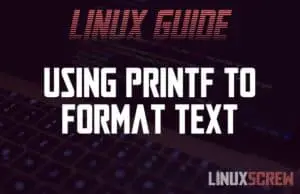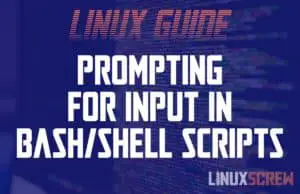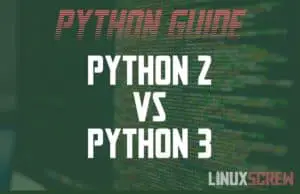Home »
How to Write to a Text File in Python
This article will show you how to write to a file in the Python programming Language – examples included! All files are, essentially, text files. Data is formatted and stored in various ways – comma-separated values for spreadsheets (CSV), plain text for text files (TXT), all the way to complex image formats for storing documents and images like PDF and JPG files. Once the program you are building is up and running, you’ll want to be able to save the output it produces – so … Read more

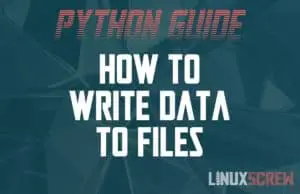
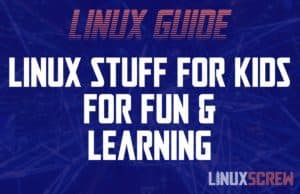
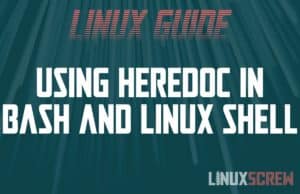
![Check Disk Health in Linux/Ubuntu [How To / Guide] 4 Linux Check Disk](https://cd.linuxscrew.com/wp-content/uploads/2021/07/linux-check-disk-feature-300x194.jpg)
